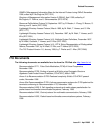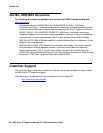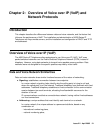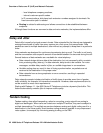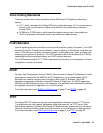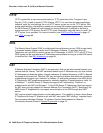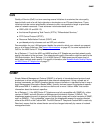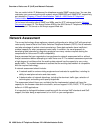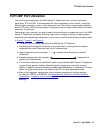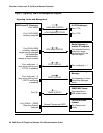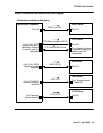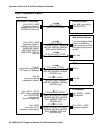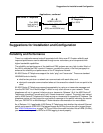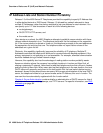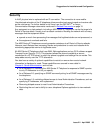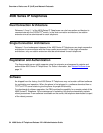
TCP/UDP Port Utilization
Issue 2.2 April 2005 27
TCP/UDP Port Utilization
Like most network equipment, the 4600 Series IP Telephones use a variety of protocols,
particularly TCP and UDP, to communicate with other equipment in that network—numerous
different types of servers, routers, other telephones, etc. Part of this communication identifies
which TCP and/or UDP ports each piece of equipment uses to support each protocol and each
task within the protocol.
Depending on your network, you might need to know what ports or ranges are used in the 4600
Series IP Telephones’ operation. Knowing these ports or ranges allows you to appropriately
administer your networking infrastructure. In this case, you will find the following material useful.
In Figure 1
, Figure 2, and Figure 3:
● The box on the left always represents the 4600 Series IP Telephone.
● Depending on the diagram, the boxes on the right refer to various pieces of network
equipment with which the phone can (or will) communicate.
● Open-headed arrows (for example, ) represent the direction(s) of socket
initialization.
● Closed-headed arrows (for example, ) represent the
direction(s) of data transfer.
● The text the arrows point to identifies the port or ports that the 4600 Series IP Telephones
support for the specific situation. Brackets identify ranges when more than one port
applies. In addition, the text indicates any additional qualifications or clarifications. In many
cases, the ports used are the ones called for by IETF or other standards bodies.
● Many of the diagrams’ explanations refer to system parameters or options settings,
for example, IRSTAT or DIRSRVR. See Administering Options for the 4600 Series IP
Telephones in Chapter 4: Server Administration for more information on parameters and
settings.



